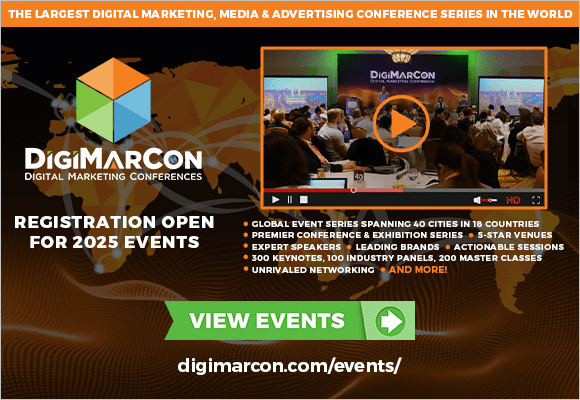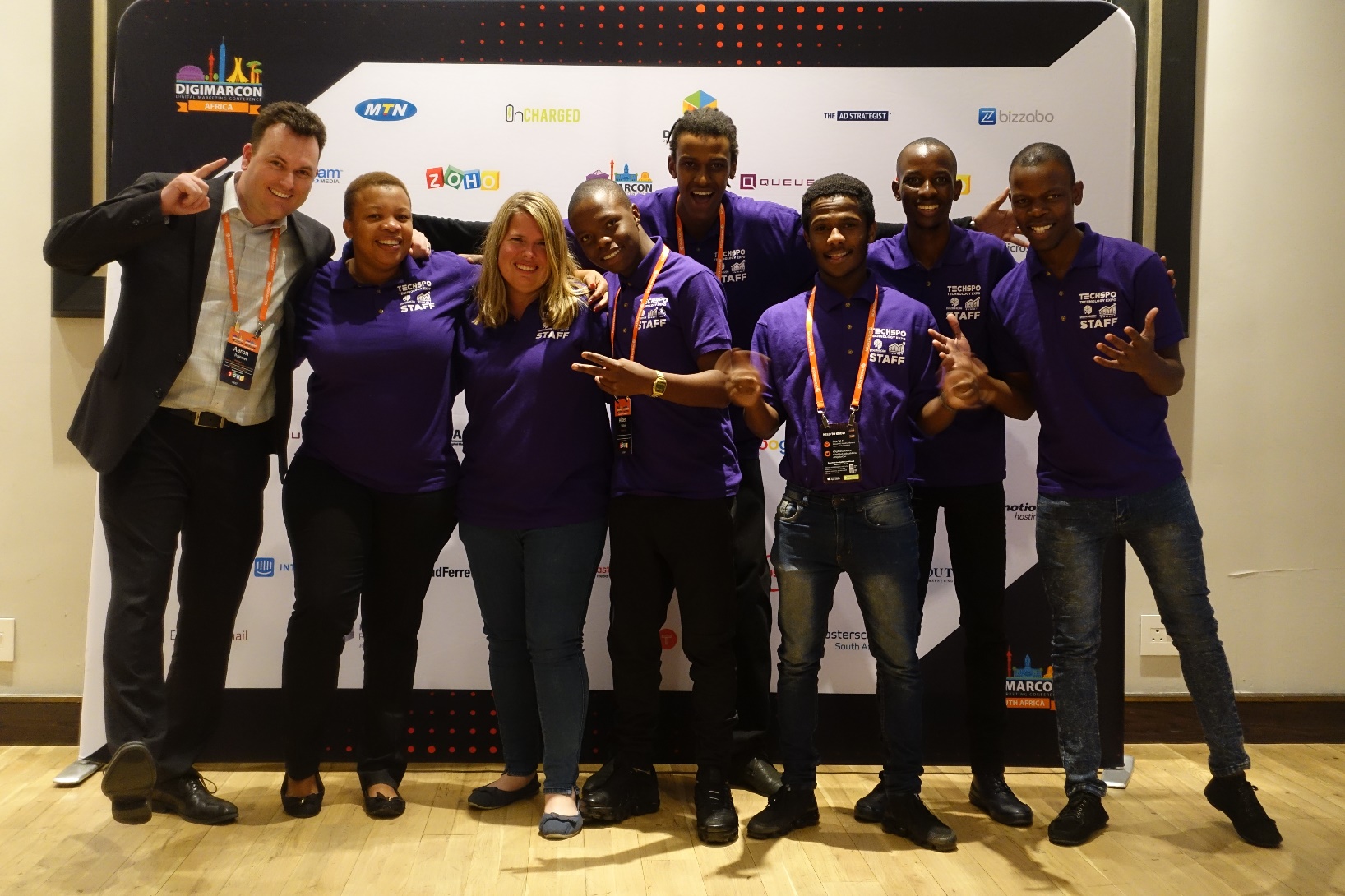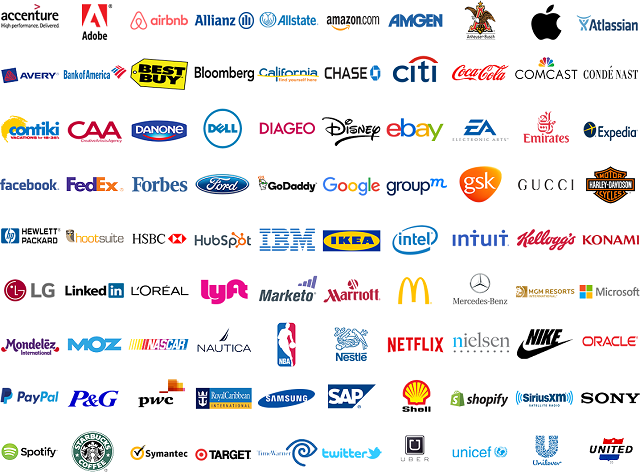Boost Your Brand with User-Generated Content (UGC)
In today’s digital world, User-Generated Content (UGC) is key in marketing. A study by Stackla found that 79% of people trust UGC when making buying choices.
This shows how important customer testimonials and user reviews are. They help increase brand awareness and keep customers loyal. Using UGC in marketing makes a brand more relatable and trustworthy.
Key Takeaways
- UGC significantly influences purchasing decisions.
- Customer testimonials and user reviews are crucial for brand credibility.
- Incorporating UGC can enhance brand awareness and loyalty.
- Businesses can create a more trustworthy brand image through UGC.
- UGC is a key element in modern marketing strategies.
What is User-Generated Content (UGC)?
In today’s digital world, user-generated content (UGC) is changing how brands talk to their customers. It builds a community and makes things feel real. UGC is any content made and shared by people, not the brand itself. This can be reviews, photos, videos, and social media posts.
Defining UGC in Marketing
In marketing, UGC means content made by people who use a product or service. It’s shared online. This can be online feedback, testimonials, or videos showing off a brand’s offerings. A report by Bazaarvoice says UGC includes reviews, photos, videos, and social media posts. All these help tell a brand’s story in a richer way.
Types of UGC Brands Can Leverage
Brands can use different types of UGC to boost their marketing. Some key ones are:
- Customer reviews and testimonials, which show social proof and build trust.
- Photos and videos from users, showing products or services in action.
- Social media posts that tag a brand, helping it reach more people.
- Community-generated content, like fan art or stories about a brand.
By using these UGC types, brands can make their marketing more engaging and real. This connects better with their audience.
Benefits of User-Generated Content
User-Generated Content (UGC) has changed how brands talk to their audiences. It brings many benefits that old marketing ways can’t match. By using crowd-sourced content, brands can see a big jump in their marketing success.
Increased Brand Authenticity
One key advantage of UGC is making a brand seem more real and trustworthy. Studies by Ipsos show UGC is seen as more genuine than content made by brands. When customers share their experiences with a brand, it builds trust with others.
This authenticity is key in today’s world, where people doubt traditional ads. Brands can show off real customers enjoying their products. For example, a fashion brand might use photos of people wearing their clothes, proving the product works in real life.
Enhanced Customer Engagement
UGC also boosts customer involvement. When people help create content for a brand, they feel closer to it. This can make them more loyal and eager to help the brand grow.
UGC also starts a conversation between brands and their customers. By responding to UGC, brands show they care about what their customers say. This can be done by liking, commenting, and sharing on social media, making the brand feel more alive and interactive.
Cost-Effective Marketing Strategy
Another big plus of UGC is it’s a budget-friendly way to market. Making great content can cost a lot. But, using what customers share, brands can get lots of content without spending a lot.
This doesn’t mean brands should stop making their own content. Instead, UGC can add to what they already do. For instance, a brand might use photos from customers in their social media or include testimonials in ads.
How to Encourage UGC Creation
To boost your brand’s presence with UGC, it’s crucial to understand how to motivate your audience to participate. Encouraging users to generate content not only enhances your brand’s authenticity but also fosters a sense of community around your products or services.
Running Contests and Challenges
One effective way to stimulate UGC is by running contests and challenges that invite users to share their experiences or creations related to your brand. For instance, a campaign by Coca-Cola that encouraged users to share their experiences on social media generated a significant amount of UGC, including user reviews and social media posts.
To execute this strategy, you can:
- Define a clear theme or challenge that resonates with your target audience.
- Offer attractive prizes or incentives for participants.
- Promote the contest across your social media channels to maximize reach.
Leveraging Social Media Platforms
Social media platforms are fertile grounds for UGC. By leveraging these platforms, you can encourage users to share their online feedback and experiences with your brand. Create engaging content that prompts users to share their stories or photos with your products.
Strategies to leverage social media include:
- Using branded hashtags to track user-generated content.
- Sharing user content on your official social media profiles.
- Engaging with users by responding to their posts and comments.
Providing Incentives for Participation
Providing incentives is a direct way to encourage users to create and share content. This can be in the form of discounts, exclusive access to new products, or recognition on your brand’s social media channels. The key is to make the incentive valuable enough to motivate users to participate.
Some effective incentives include:
- Discounts on future purchases for users who share their experiences.
- Exclusive access to new products or services.
- Feature on your brand’s social media profiles or website.
By implementing these strategies, you can create a robust UGC campaign that not only encourages participation but also builds a loyal community around your brand.
Best Practices for UGC Campaigns
Brands are using user-generated content more and more. It’s key to know the best ways to run UGC campaigns. This means getting audience contributions and picking the best content.
Setting Clear Guidelines for Content
It’s important to have clear rules for what content is allowed. This includes what kind of content, the tone, and any special tags or hashtags. With detailed guidelines, brands can avoid getting content that doesn’t fit their image.
Curating High-Quality Submissions
Choosing the best content is crucial for a UGC campaign’s success. A study by Olapic found that high-quality content leads to more engagement. Brands should check submissions often, pick the best ones, and share them on social media.
Acknowledging and Rewarding Contributors
It’s important to thank and reward those who contribute. This can be done with discounts, early access to new products, or being featured on social media. By recognizing their contributions, brands can keep their audience engaged and happy.
Following these best practices can make UGC campaigns more effective. This leads to more authentic brand image, better customer interaction, and more sales.
Case Studies: Brands Successfully Using UGC
Brands can make their marketing more real and fun by using user-generated content. Many have seen big wins by adding UGC to their plans.
GoPro: Inspiring Adventurers
GoPro is a great example of using UGC well. They ask users to share their GoPro videos and photos. This creates a big collection of exciting content.
This content shows off what GoPro can do and gets others excited to share their own adventures. Key parts of GoPro’s UGC plan are:
- They ask users to post their content on social media with special hashtags.
- They show this content on their website and social media.
- They build a community by sharing users’ adventures.
Airbnb: Showcasing Unique Stays
Airbnb uses UGC to highlight the special places on their site. They show photos and reviews from real guests. This builds trust and makes people want to stay in these places.
Real reviews and photos make Airbnb seem more real and trustworthy. Their plan includes:
- They ask guests to leave reviews and share photos of their stays.
- They show off great user content on their site and ads.
- They use reviews and photos in ads to attract new guests.
Starbucks: Engaging Coffee Lovers
Starbucks has won over coffee fans with UGC campaigns. They ask customers to share their Starbucks moments on social media. This builds a loyal group.
Starbucks’ UGC plan is:
- They run contests on social media for people to share photos with Starbucks drinks.
- They display customer photos in stores and online.
- They use a special hashtag to share and find UGC.
These examples show how UGC can make marketing more real and engaging. By using content from users, brands can gain trust, inspire people, and create a community around their products or services.
Incorporating UGC into Your Marketing Strategy
In today’s digital world, using User-Generated Content (UGC) can really boost your brand’s online image. People trust social proof and content from others when making buying decisions. Adding UGC to your marketing plan can change the game.
UGC makes your brand seem more real and builds a community with your customers. By sharing real experiences with your brand, you gain trust. This trust can make others want to try your products or services.
Integrating UGC on Your Website
One smart way to use UGC is by adding it to your website. Putting customer content on product pages can increase sales. A study by Yotpo found that UGC on product pages can really help with sales, as it shows social proof and reduces worries about buying.
To add UGC to your site, try these ideas:
- Show customer reviews and ratings clearly on product pages.
- Make a special area for customer photos or videos.
- Use UGC to make interesting product demos or tutorials.
Sharing UGC Across Social Channels
Sharing UGC on your social media can also make a big difference. By posting customer content on your social media, you create a lively feed that your followers will love.
To get the most out of UGC on social media, follow these tips:
- Always ask the content creator’s permission before sharing their work.
- Use the right hashtags to help more people find the UGC.
- Get users to share their stories by running contests or campaigns.
By using UGC in your marketing and sharing it online, you can build a strong and engaging online presence. This can help with customer interaction and sales. Keep an eye on how UGC works for you and tweak your strategy to get even better results.
Legal Considerations for UGC
User-generated content is a strong marketing tool. But, it brings up big legal questions about who owns it and if permission is needed. As brands use more crowd-sourced content, knowing the legal side is key.
Understanding Copyright and Ownership
Copyright and ownership are big legal worries with UGC. When people make content, they own it. Brands must know that using audience contributions without permission can lead to legal trouble.
To deal with these issues, brands should:
- Make it clear who owns what in their terms of service or user agreements.
- Get clear permission from users before using their content.
- Know the limits of “fair use” in copyright law.
Obtaining Permission to Use Content
Getting permission to use user submissions is vital to avoid legal problems. Brands can get this by asking creators directly or by having a clear content submission process.
Here’s how to get permission right:
- Use clear consent forms or checkboxes when users submit content.
- Keep records of when users give permission for user-generated content.
- Make sure the permission language is clear and legally strong.
By following these steps, brands can use UGC safely. It’s also smart to talk to legal experts to make sure you’re following the law.
In short, UGC is great for marketing but comes with legal challenges. By understanding and tackling these legal issues, brands can use crowd-sourced content well. This way, they can benefit from it while keeping their legal rights safe.
Analyzing the Impact of UGC
To see how well user-generated content (UGC) works, we need to look at its effect on our marketing plans. This helps brands improve their strategies to get more people involved and to sell more.
Measuring Engagement Metrics
Engagement metrics show how good UGC campaigns are doing. These include likes, shares, comments on social media posts, and how far the content spreads. By watching these, brands can see how much people are interacting with their UGC.
For example, a campaign that asks users to share their experiences with a brand’s product can really get people talking. Looking at the likes and comments on user reviews and customer testimonials helps brands understand what customers like and want.
Tracking Conversions and ROI
It’s also key to track how much money UGC campaigns make and their return on investment (ROI). Conversions can be sales, sign-ups for newsletters, or other actions brands want people to take.
A study by Adobe found that brands that check UGC engagement get a big ROI. By linking conversions to UGC campaigns, brands can see what works best and make better choices for the future.
To keep track of conversions, brands use analytics tools to see how UGC does on different platforms, like social media and websites. This gives a full picture of how UGC affects customer actions and helps the business grow.
The Future of User-Generated Content
New trends and tech are changing how we see user-generated content (UGC). UGC will keep being key for brands to talk to their fans. New tech is making UGC better and finding new ways for people to get involved.
Influencing Trends
Several trends are shaping UGC’s future. Immersive technologies like Augmented Reality (AR) and Virtual Reality (VR) are making content more fun and interactive. This makes the experience better for everyone.
Also, community-generated content is getting more attention. As people connect more, the content from these groups is helping brands know their audience better.
- Social media keeps growing, giving UGC a big space to thrive.
- Influencer marketing is shifting, focusing more on UGC.
- New tech makes it simpler for people to make top-notch content.
The Role of Technology
Technology is leading the UGC change. AI, AR, and VR are making content better and easier to use. For example, AI tools help users make pro-level content without needing to learn a lot.
Technology’s role in UGC is wide-ranging:
- It gives the tools for making great, engaging content.
- It helps spread UGC on different platforms.
- It helps pick and check content, making sure it fits the brand.
As tech keeps getting better, UGC will become even more important for marketing. It will give brands real online feedback and insights into what people want.
Conclusion: Harnessing UGC for Long-Term Success
Brands can gain a lot by using user-generated content in their marketing. This approach helps build a loyal community around the brand. It also makes interactions between brands and customers more real and meaningful.
Fostering Community Engagement
To create a community, brands need to get people involved. They should share user content on different marketing channels. This boosts customer interaction and helps build loyalty.
Establishing Trust Through Authenticity
Customer stories and user feedback are key to gaining trust. By sharing real experiences, brands can connect deeply with their audience. This leads to lasting success.
FAQ
What is User-Generated Content (UGC) and how does it impact purchasing decisions?
User-Generated Content (UGC) is content made and shared by people, not brands. A study by Stackla found that 79% of people trust UGC more when deciding to buy. They see it as more real and reliable.
What types of content are considered User-Generated Content?
UGC includes many types, like customer reviews, photos, and videos. It also includes social media posts and online feedback. A Bazaarvoice report shows brands can use this content to boost their marketing.
How can brands encourage the creation of User-Generated Content?
Brands can encourage UGC by running contests and using social media. They can also offer rewards for sharing content. For example, Coca-Cola’s campaign on social media got a lot of UGC.
What are the benefits of incorporating User-Generated Content into a marketing strategy?
Using UGC can make a brand seem more real and engaging. It’s also a cost-effective way to market. Ipsos research shows UGC is more trusted than content made by brands.
How can brands effectively manage User-Generated Content campaigns?
To manage UGC well, brands should have clear rules for content. They should pick the best submissions and thank contributors. A study by Olapic found that choosing quality UGC leads to more engagement.
What are the legal considerations associated with using User-Generated Content?
Brands need to think about legal issues with UGC, like copyright. It’s important to get permission to use UGC, as legal experts advise.
How can brands measure the effectiveness of User-Generated Content campaigns?
Brands can track UGC campaign success by looking at likes, shares, and comments. They should also watch for sales and ROI. Adobe reports that tracking UGC engagement can lead to big returns.
What are the future trends influencing User-Generated Content?
New tech like AR and VR will change UGC, making it more interactive. Brands need to be ready to adapt to these changes to stay ahead.





































No comments